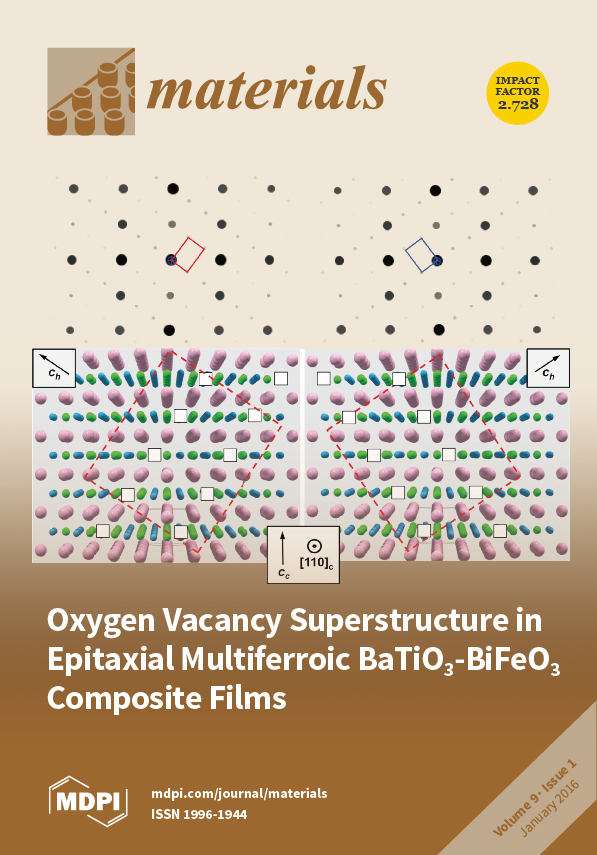A new white-light-emitting molecule (
1) was synthesized and characterized by NMR spectroscopy, high resolution mass spectrometry, and single-crystal X-ray diffraction. Compound
1 crystallizes in the orthorhombic space group
Pnma, with
a = 12.6814(6),
b = 7.0824(4),
c = 17.4628(9) Å,
[...] Read more.
A new white-light-emitting molecule (
1) was synthesized and characterized by NMR spectroscopy, high resolution mass spectrometry, and single-crystal X-ray diffraction. Compound
1 crystallizes in the orthorhombic space group
Pnma, with
a = 12.6814(6),
b = 7.0824(4),
c = 17.4628(9) Å, α = 90°, β = 90°, γ = 90°. In the crystal, molecules are linked by weak intermolecular C-H···O hydrogen bonds, forming an infinite chain along [100], generating a
C(10) motif. Compound
1 possesses an intramolecular six-membered-ring hydrogen bond, from which excited-state intramolecular proton transfer (ESIPT) takes place from the phenolic proton to the carbonyl oxygen, resulting in a tautomer that is in equilibrium with the normal species, exhibiting a dual emission that covers almost all of the visible spectrum and consequently generates white light. It exhibits one irreversible one-electron oxidation and two irreversible one-electron reductions in dichloromethane at modest potentials. Furthermore, the geometric structures, frontier molecular orbitals (MOs), and the potential energy curves (PECs) for
1 in the ground and the first singlet excited state were fully rationalized by density functional theory (DFT) and time-dependent DFT calculations. The results demonstrate that the forward and backward ESIPT may happen on a similar timescale, enabling the excited-state equilibrium to be established.
Full article






